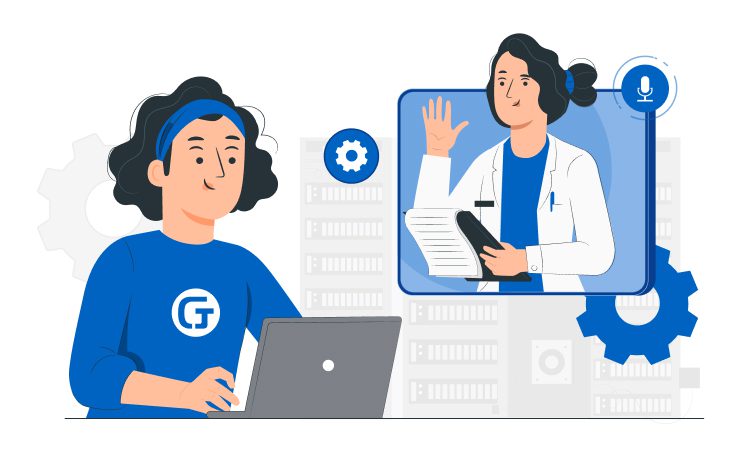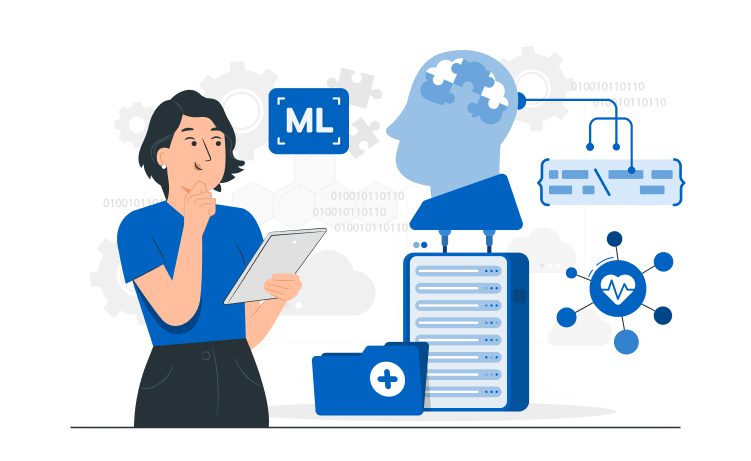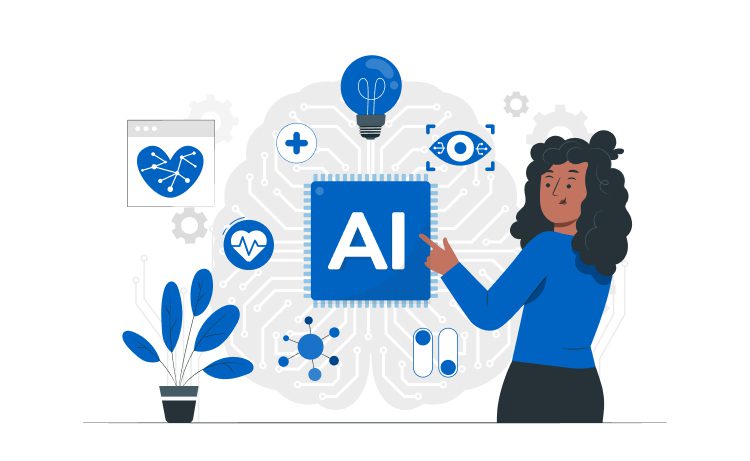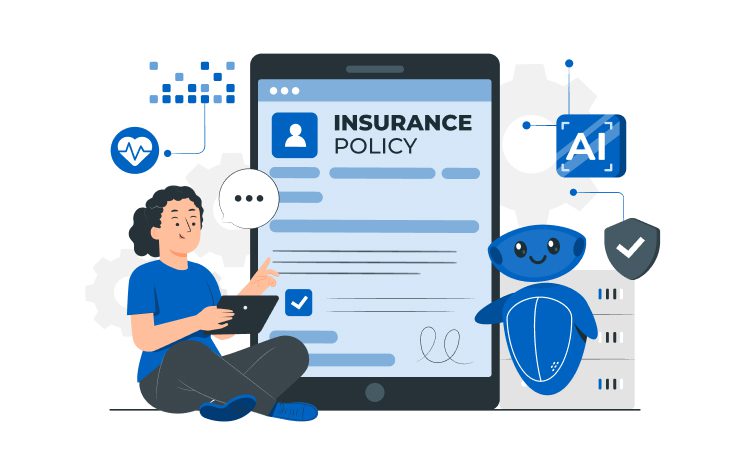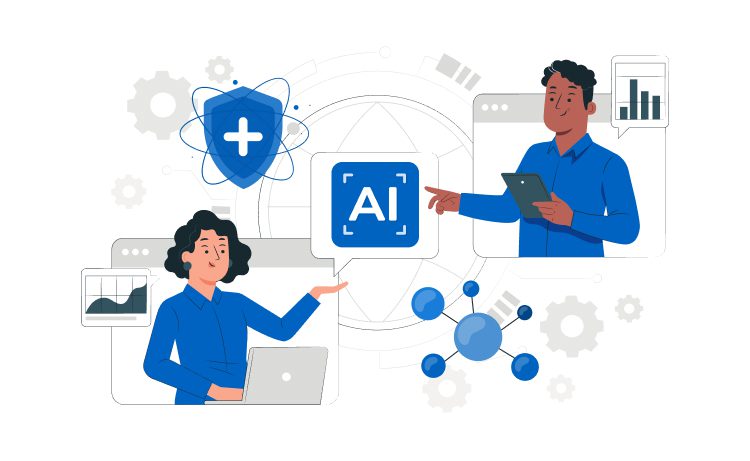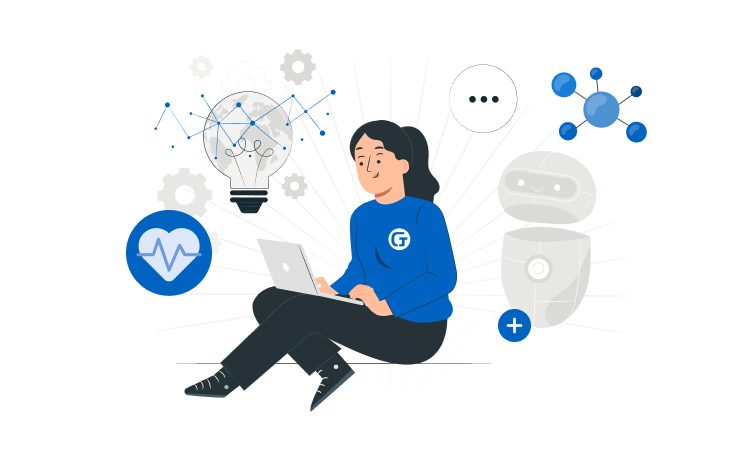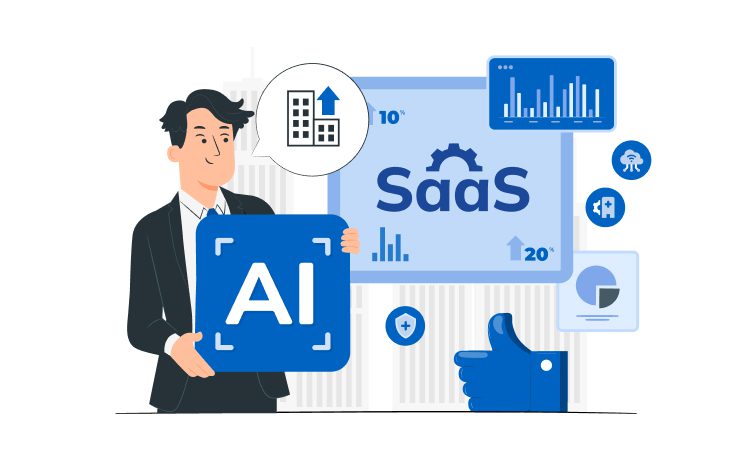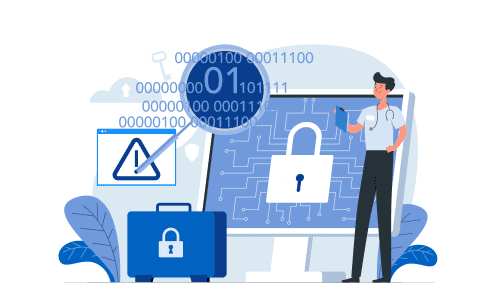
How to Support Digital Healthcare Compliance with Data Security Measures



In recent years, the healthcare system has reached a new level. Digital technologies have expanded the possibilities for doctors to communicate with patients, maintain medical records (EHR), and exchange information between different specialists and institutions. But also, the issue of data security that underlies these processes has become acute. In this article, we’ll talk about why healthcare compliance is essential and how to protect it.
Content
Let’s start with the main term that we will discuss – Digital Healthcare. These are digital products aimed at strengthening the entire medical system and covering many technological areas.
In general, we can distinguish these techno-areas:

As we can see, one way or another, all these processes are based on patient health data: examination results, information about blood type, diagnosis, and treatment, reports, etc. This medical data is considered personal. They must meet specific standards and have special protection against unauthorized interference at all levels.
So we smoothly approached the topic of healthcare compliance. It is a broad term covering all legal, professional, and ethical standards in the industry. There are many rules, policies, and procedures in healthcare that must be strictly followed. But what if it comes to the digital environment? It is the data that comes to the forefront, and the protection of confidentiality becomes the main task.
According to experts, cybersecurity is one of the top compliance challenges in the industry. It applies primarily to sensors, EHR, apps, websites, and research databases. They may be subject to various types of attacks and data fraud. Security can only be ensured with comprehensive compliance with local data and medical record protection requirements, internal rules (within the institution), and vendor standards.
Let’s look at the main legislation in digital healthcare compliance and security in Europe and the USA.
EU believes that digital transformation should benefit people. The population must be at the center of it. Based on this, the EU Commission identifies 3 key pillars:
The main points in data collection, processing, and protection in the EU countries are described in the GDPR of 2018. It is the document that gives control over personal data.

The law is called an innovative act that influenced the legislation of many countries. For example, a strong influence can be seen in the CCPA adopted in California (we will discuss it later).
According to the GDPR, there are 3 types of data that are relevant to healthcare:

EU citizens and residents have the right to: consent (or not) to data processing; know how this data will be used; request deletion of data under certain conditions. When it comes to large volumes or “sensitive” data (health, genetics, biometrics, ethnic and racial origin, etc.), then a data protection officer (DPO) can be appointed.
The following laws heavily influence the health care system in this country:

The federal law of 1996 contains provisions that address the protection and preservation of confidentiality of protected health information (PHI): diagnosis, clinical care, results of examinations, insurance, and payment.
The personal information covered by PHI may relate to:
The rules apply to entities (Covered Entities) that work with PHI: hospitals, clinics, industry corporate organizations, research centers, insurance companies… The requirements also apply to business partners who perform PHI functions or activities.
Key components:
Note that the first rule focuses on technical aspects and considers not only confidentiality but also availability and integrity. The second rule creates restrictions on the transfer of information and directly affects suppliers and their business partners.

A law signed in 2009 expanded the scope of HIPAA. Its goal is to financially stimulate and encourage the transition of entities (from medicine and technology) to information technology, including interoperable EHR. According to experts, until 2008, only 10% of hospitals worked with EHR.
Many institutions wanted to move from paper to electronic records but could not do so due to the high cost. This law changed the situation: from 2008 to 2015, the EHR implementation level increased from 3.2% to 14.2%. But this is not the only positive change associated with the law’s adoption.
In the healthcare industry, ensuring digital compliance goes hand in hand with strong cybersecurity strategies to protect sensitive medical data. By proactively addressing threats and implementing comprehensive security frameworks, healthcare institutions can better manage risks associated with patient information. Integrating strategies like Continuous Threat Exposure Management (CTEM), a comprehensive cybersecurity strategy, is crucial for identifying vulnerabilities and mitigating potential threats effectively.
HITECH eliminated “weaknesses” in HIPAA and increased the penalties (raised fines) for rule violations. It helped ensure that organizations and their business partners strictly comply with HIPAA rules and maintain a safe environment. In addition, the law introduced a new rule requiring notification of violations to patients and government agencies.
Privacy may be regulated domestically at the local territory level. All states have such legislation in one form or another, but California, Colorado, and Virginia stand out. Let’s take a brief look at each of them.
The CCPA was passed in 2018 and enacted in 2020, giving state residents the right to know what data companies collect about them and restrict their use. The CCPA has become one of the most regulated privacy regulations in the country.
The law does not apply to non-profit institutions. However, commercial medical and insurance companies may be covered for non-health data (social security number, demographics, payments, etc.).
The CCPA is to be replaced by another law – the CPRA (coming into force on January 1, 2023). Such an amendment will make noticeable changes: it will expand the rights of consumers and business responsibilities and toughen liability for violations. It would also expand the scope of the law to cover previously excluded information.
In 2023, two more states are expected to enact similar laws. In March 2021, Virginia (VCDPA) signed into law and Colorado (CPA) in July. Virginia became the second state and Colorado the third to enact consumer privacy law formally. Like the GDPR in the EU and the CCPA/CPRA in California, these rules allow consumers to control how companies use their personal data.
As you can see, there are many rules and standards in this industry at different levels. There are also legal nuances for specific technical means, e.g., SaMD, 510k, and PMA for telemedicine. In any case, the transition to the digital environment has highlighted the importance of compliance with data requirements in the medical industry.

Today, almost all hospitals and clinics process ePHI, and doctors actively use EHR and other digital solutions to work with medical information. Such data is quite attractive to cybercriminals and scammers, which increases the risk of data leakage, and thus security and privacy breaches.
According to Deloitte, healthcare facilities are exposed to many cyber threats:
All these threats put data at risk of falling into the wrong hands, directly affecting their privacy. There are other risk factors as well. For example, errors in the software solutions themselves can provoke data disclosure (there was a case of sending letters with personal data to the wrong people in New York). Do not forget about the human factor, negligence, and lack of knowledge among employees.
Educate staff
IONOS Cloud report that 40% of employees do not know about data protection and cyber security. Therefore, regular training in these areas is necessary. Ideally, employees should learn how to recognize a cyberattack, be able to create backups, and practice good digital hygiene (generate strong passwords, avoid opening suspicious files, and avoid clicking links).

Control data usage
This includes several methods:

Tracking devices
The use of remote monitoring devices, IoT sensors, and apps simplifies hospital workflows but, at the same time, is a vulnerability. Attackers can hack into devices, eavesdrop on conversations, and steal information.
For protection, it is recommended:
![]()
HIPAA and other regulations require organizations to have a robust data protection strategy. An important step in this direction could be implementing healthcare compliance solutions, particularly HIPAA compliance software.
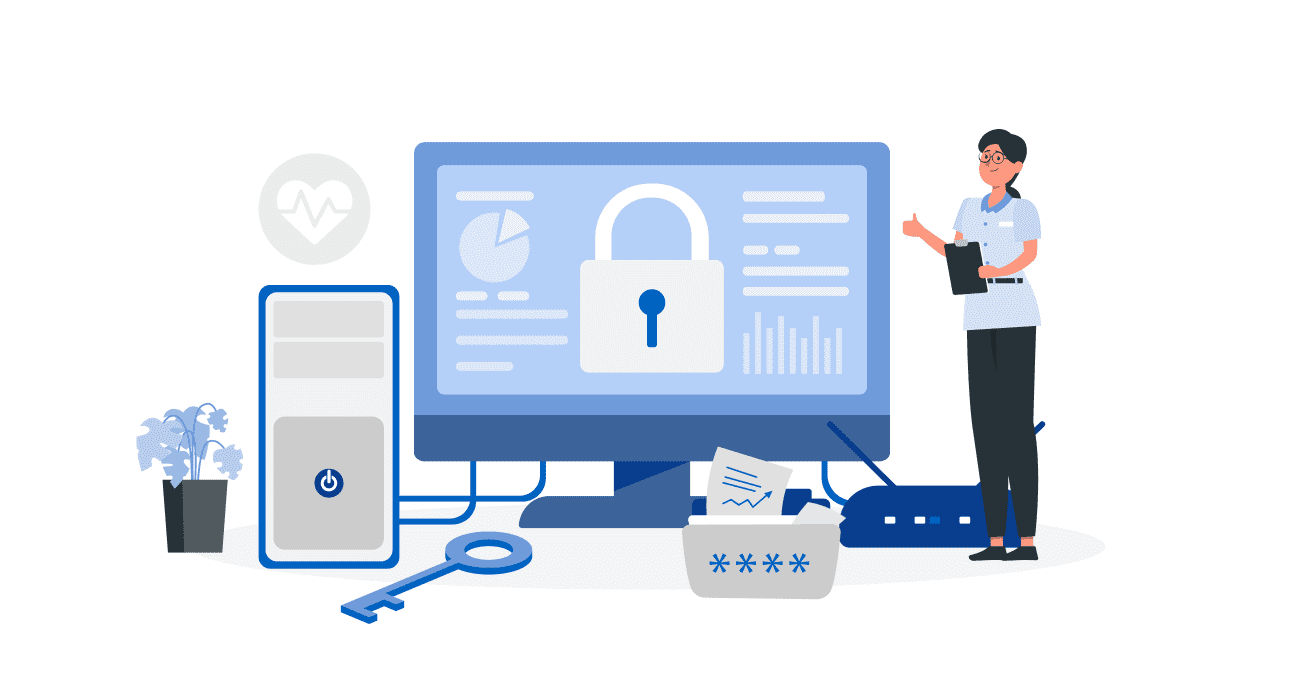
Such software provides security risk mitigation based on industry norms and standards. In addition to complex products, there are specialized solutions to detect, monitor, and control data. They may have the following functions:

The transition to a digital environment has created new opportunities for data management. Electronic access to patient information (including remotely) allowed faster clinical decision-making, even in emergencies. But at the same time, new threats have appeared, making it more challenging to comply with confidentiality requirements.
Today, every medical subject must have a reliable solution to detect violations and deviations from the requirements. Not surprisingly, GDPR and HIPAA compliance software development are in high demand. Implementing such a tool helps to reduce the likelihood of fines and ensure compliance with industry, regulatory and corporate policies.

